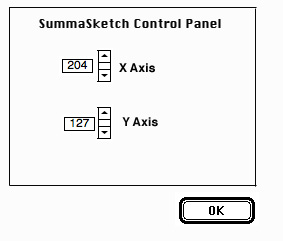Companion thread to this:
I have two, both related to my music apps and devices.
The PC one, Media Go (yes it is no longer supported but is perfect for all of my needs, except as I am about to disclose) allows you to note which cuts are or are not on a playlist you made. Or which ones are on a device you have plugged in. But only if you are within the main music folder, and NOT within another playlist. Several updates ago (~2018), they inexplicably removed the ability to see if a playlist cut is on or can be added to another list, for no good reason that I can see. So now if I am swapping stuff from one list to another I have to go out to the main song library and back to the lists I am editing, over and over, rrr.
For my car I use a Sony portable music player (which has FLAC compatibility yay). Since I am usually playing off of one of my lists via random shuffle mode, I’ll hit pause when I park at home. But the software doesn’t like it being paused for 24 hours or more, and will reset the entire list if I don’t touch it before the time limit (meaning songs which had already played can get played again, which I may not want them to). I can’t think of a good reason why someone would have programmed it that way-it certainly isn’t going to get “stuck” or break or anything, is it?
